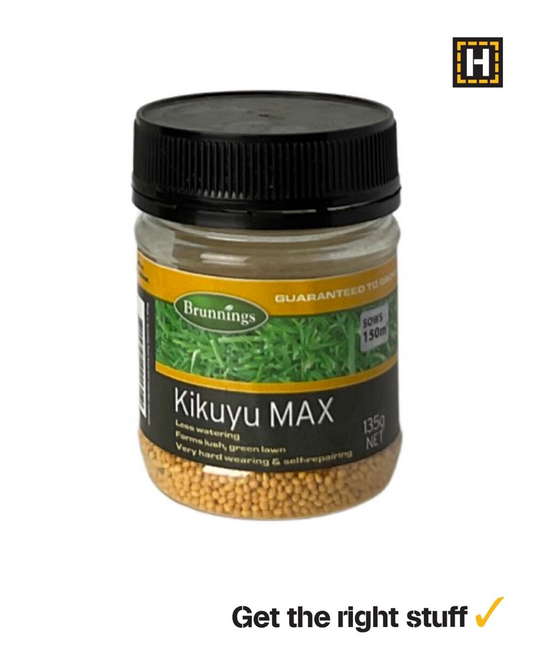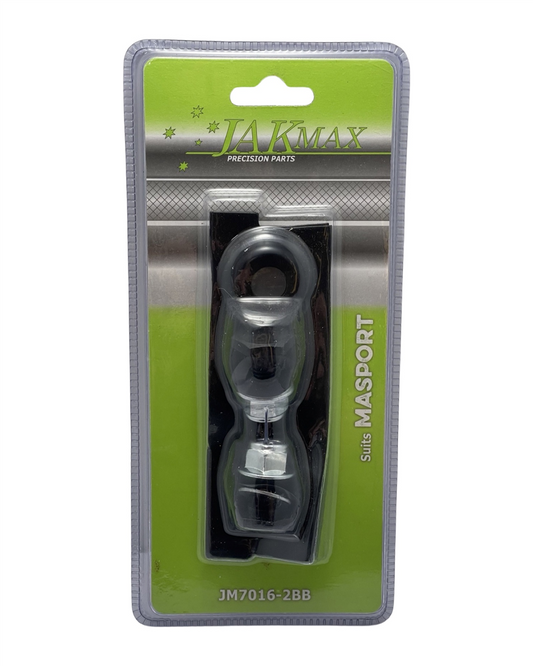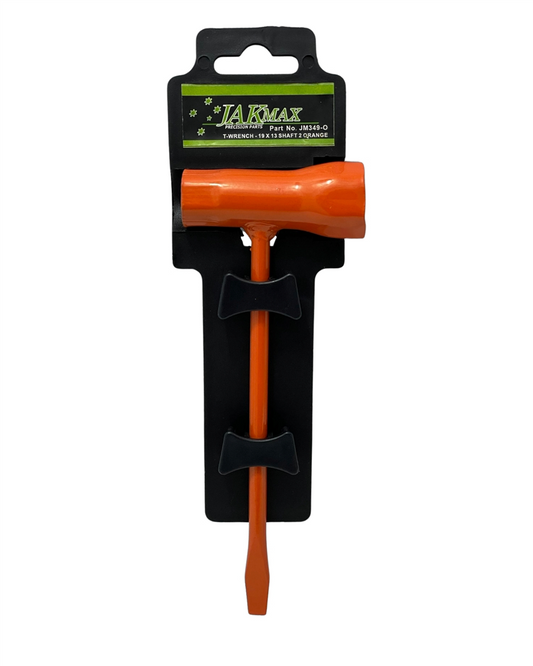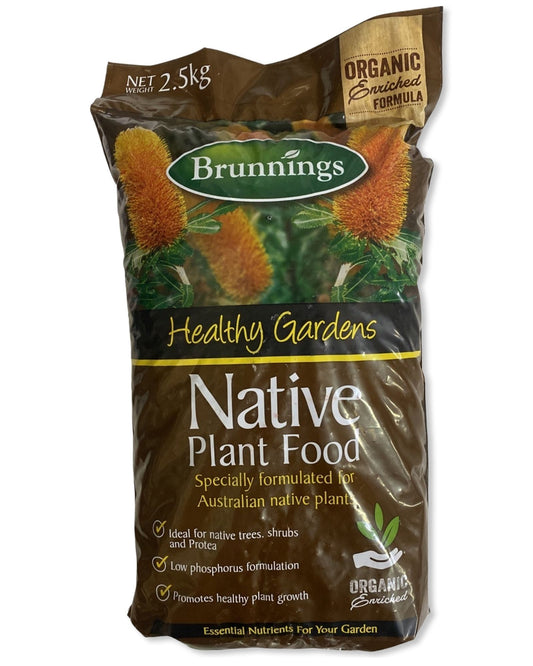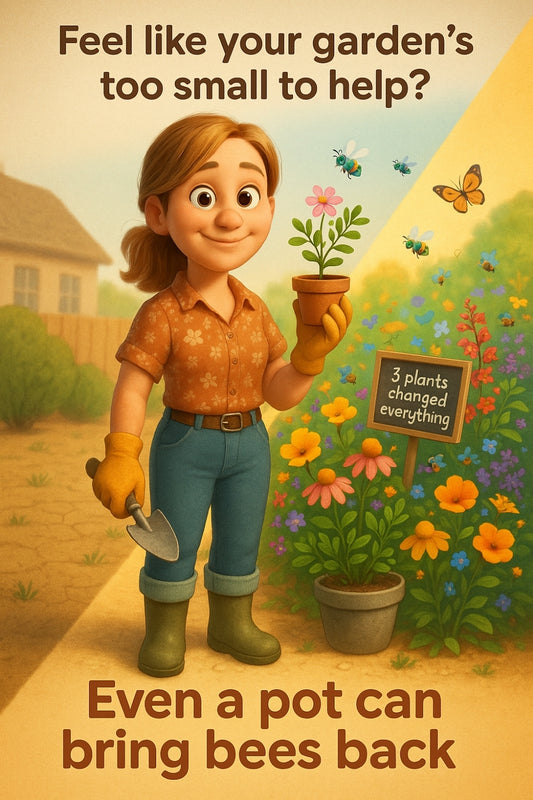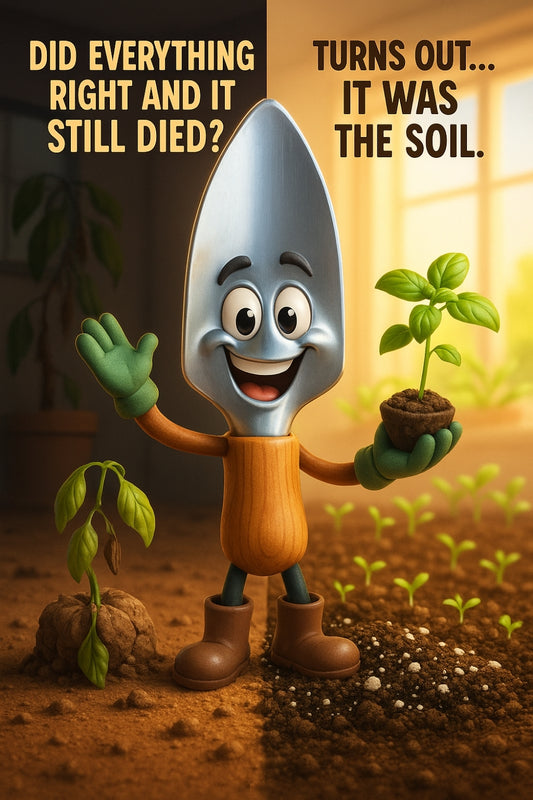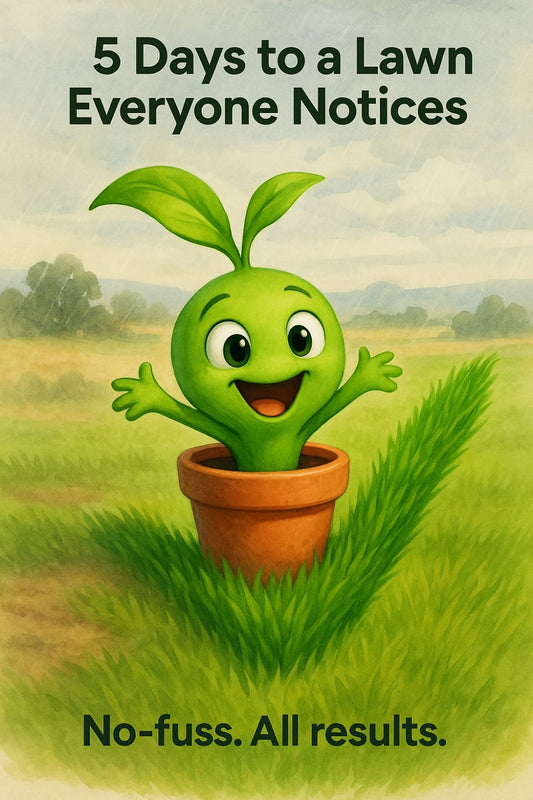Gardena swears by it—and if your soil’s cracking, you’ll want to know why.
Share
How a Simple Layer of Mulch Can Rescue Your Garden from a Dry Summer
The water-smart practice hiding in plain sight
Gardena once called it “nature’s blanket” — and honestly, if you’ve ever stood in your garden on a scorching summer’s day, watching your soil crack and plants wilt despite your best watering efforts, you already know how badly this blanket is needed.
Turns out, mulching might be the fastest, lowest-effort way to cut garden water use in half – without hiding indoors all summer praying your plants survive.
“I mulched my veggie beds with pea straw last November and barely had to water them through an entire January heatwave. Everything thrived — even the herbs!”
— Jules, backyard grower in Mount Barker
What makes mulch such a water-saving star?
Most of your water loss in summer doesn’t come from the plants – it comes from the soil itself losing moisture to the air. Bare soil can heat up like a frying pan by midday, meaning half the water you hose on in the morning evaporates before your basil even gets a sip.
Mulch acts like sunscreen for your soil. It keeps the ground cool, locks in moisture, and reduces evaporation by up to 70%. That means your water goes where it’s needed – to the roots – not the sky.
Remember what your nan did?
This isn’t new advice. Old-school gardeners knew the magic of mulch. Your grandma probably tossed grass clippings or straw over the veggie patch by instinct. Before timers and tank sensors, people just paid attention – and mulch was a shortcut to a healthy garden, even in dry years.
These days, we might swap lawn clippings for something prettier or pest-resistant, but the truth holds: a few centimetres of the right mulch can replace hours of watering.
Which mulch should I use?
Short answer? The one you’ll actually use. But if you want to get specific:
- Pea straw: Gentle on delicate veg like lettuce, breaks down well, affordable and locally sourced.
- Sugar cane mulch: Light, easy to spread, and great at insulating your soil through SA’s dry spurts.
- Compost or mushroom mulch: Adds nutrients as it breaks down, excellent for hungry beds like tomatoes.
- Pine bark or wood chips: Ideal for decorative beds and natives, hangs around longer, less topping-up needed.
Just steer clear of mulch that’s too fine (like sawdust), as it can create a water-resistant crust on top instead of letting moisture through.
How to mulch without messing it up
A great mulch job is part art, part common sense. Here’s a no-fuss, foolproof way to do it:
- Weed first. If you don’t, they’ll keep trying to push through, and you’ll be back at it in a week.
- Water well. Damp soil helps mulch settle and hold moisture where it belongs – under your plants.
- Spread it thick – but not too close. Aim for 5 to 7cm deep, and keep a clear ring around stems to prevent rot.
- Top up as needed. Every few months, give it a glance. If it’s broken down or patchy, toss on a bit more.
The 15-minute habit that saves hours
Once mulched, a bed that used to drain your tank dry every two days might only need watering once a week. That’s less time spent moving hoses… and more time actually enjoying being out there.
Plus, mulch helps with more than just water. It keeps weeds down, adds organic matter to your soil, and even protects plant roots from wild temperature swings (like those 5°C nights followed by 38°C days we get in South Australia).
The greenest kind of lazy
People think serious gardening means doing more. But sometimes, the smartest move is doing less, better.
Mulching isn’t flashy. It doesn’t make reels or trend on Pinterest. But it just… works. Whether you’ve got veggie beds, potted citrus, border natives or a tiny rental courtyard – there’s a way to mulch it, and it’ll make everything easier.
Toss it on once, win all summer. That’s the kind of gardening shortcut worth sharing with your mates.
Final thought:
A good gardener waters. A wise gardener mulches first – so she rarely has to.
Happy growing,
Candeece
 Stay Connected
Stay Connected
Join our gardening community on Facebook: Urban Gardener's Notebook
And follow our Store Facebook Page: Strathalbyn H Hardware on Facebook


